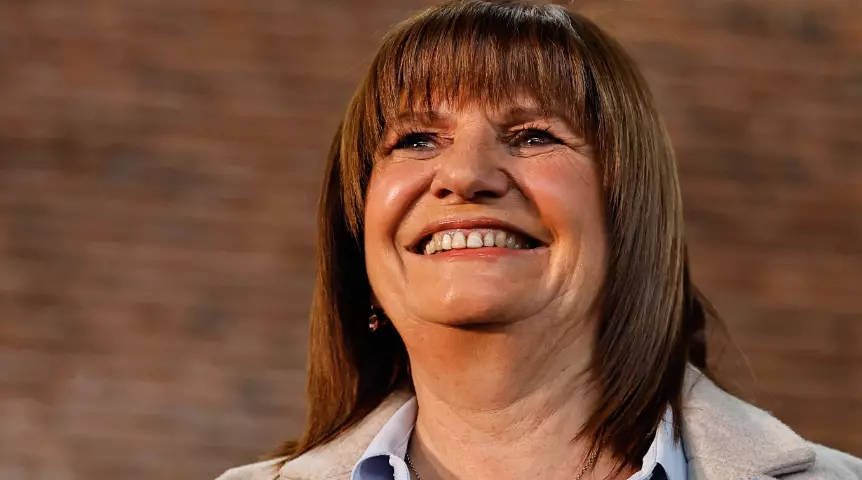Patricia Bullrich will be Argentina’s Security Minister as of December 10, a source in President-elect Javier Milei’s team confirmed.
Bullrich was a candidate for president in the first round of these elections and was already at the head of the Ministry of Security, during the presidency of Mauricio Macri (from 2015 to 2019).
Her past in the Peronist Youth (JP), her time in the government of Fernando De la Rúa and the death of Santiago Maldonado during her tenure in the Ministry of Security, are some of the most controversial issues surrounding her image.
This is what you should know about Argentina’s next Minister of Security.
Her beginnings in Peronism and her alleged links to Montoneros.
Patricia Bullrich was born in 1956 in Buenos Aires. Daughter of Alejandro Bullrich and Julieta Luro Pueyrredón, she is part of one of the families with the longest political tradition in the country.
When she was a child, her grandmother, daughter of the Radical Civic Union leader Honorio Pueyrredón, took her to meet former President Ricardo Balbín. As Bullrich recalls in interviews, this was the kick-off for her approach to Peronism: “I think my grandmother made a mistake, because if she had taken me to the Radical Youth, I would have followed that path. But of course, Balbín for me at that time was a big, old man. I got scared and went somewhere else,” he recalled in an interview with the local media FiloNews.
Her beginnings in the Peronist Youth led her to be present at the return of former President Juan Domingo Perón to Argentina after his exile in Spain. On that day, the so-called “Ezeiza Massacre” took place, in which different sectors of Peronism clashed with firearms in a day that left dead and wounded. According to Bullrich, he was a militant in that political party during part of his adolescence until he decided to leave.
This closeness with the movement and the relationship of Rodolfo Galimberti, commander of the Northern Column of Montoneros, with her sister Julieta are some of the arguments used when she is linked to the armed guerrilla group that was born before the last military dictatorship in Argentina (1976-1983).
A video that went viral in networks showed Bullrich explaining that in those years she sang a song that says: “We are soldiers of FAR and Montoneros”. These groupings were protagonists of the guerrilla in Argentina and clashed during the military dictatorship.
However, when TV host Mirtha Legrand in 2017 asked her about these versions, Bullrich explained: “I was not a Montonera, but I had my sister’s husband, my sister’s partner, was Rodolfo Galimberti, with which I had a very strong involvement from a very young age. Cámpora and Abal Medina came to my house to eat. I was a child and they all came to eat at my house”.
In 1975, Bullrich was detained for months for painting graffiti on a wall of the Faculty of Philosophy and Letters of the University of Buenos Aires. During the military dictatorship she went into exile and returned to the country when the Malvinas War ended.
“We, the children of anti-Peronist parents, became Peronists. It was a rebellion. From Peronism I left because I felt it was a closed corporate movement, which did not believe in democracy or institutions,” Bullrich told FiloNews.
His passage through radicalism and his arrival to Macrismo.
Between 2000 and 2001, prior to the political and economic crisis of 2001 that ended with the resignation of the then president of the Alliance, De la Rúa, Bullrich assumed the position of Minister of Labor.
As she explained, her “radical roots came back to me, not to radicalism specifically, but to the philosophy or principles of radicalism”.
After her tenure at the head of the Ministry of Labor, she held a seat in the Chamber of Deputies in three different terms. In 2015 he joined Cambiemos, today Juntos por el Cambio. Throughout Macri’s government (2015-2019) she held the position of Minister of Security of Argentina.

